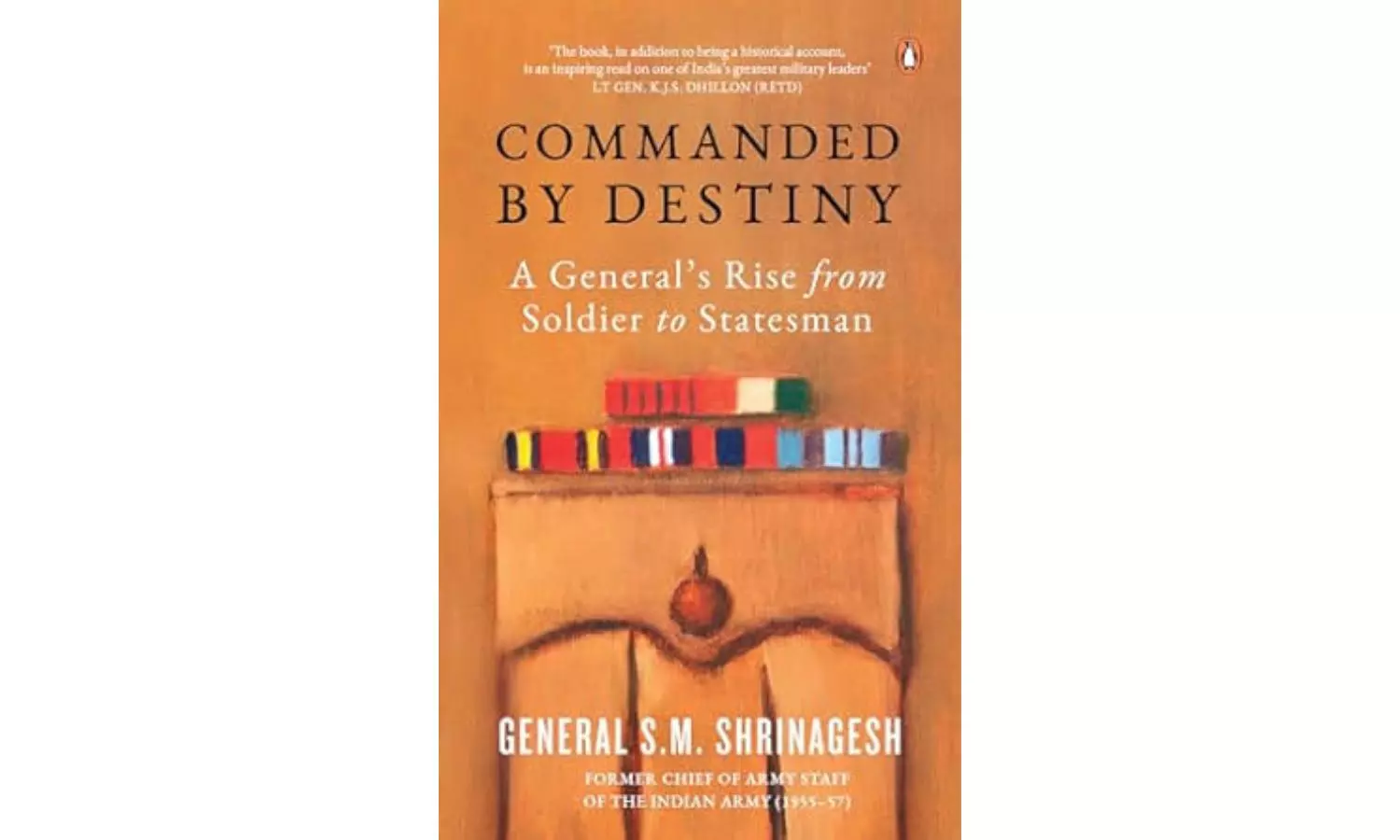
Gen. Satyawant Mallanna Shrinagesh, son of Dr Shrinagesh Mallannah, personal physician to the Nizam of Hyderabad, was born in 1903 at Kolhapur, Maharashtra. After studying in a public school in England, he entered Cambridge University in 1921.
Among the earliest batches of Indians to be nominated for the Sandhurst Military Academy, UK, he won the Quetta Cup for the best man at arms and was commissioned into the 19th Hyderabad Regiment (now the Kumaon Regiment) on August 30, 1923.
As overall commander of the Jammu and Kashmir operations in 1947-48, Shrinagesh master-minded a very bold and never-before action of moving tanks to Zoji La (la means pass) at an altitude of 3,528 metres (11,575 feet) to overcome well-entrenched Pakistani defences there. Never before had anyone conceived that tanks could be used at snow-bound Himalayan heights.
After negotiating very tough terrain — steep and slippery amid heavy snowfall — the Stuart tanks of 7th Cavalry reached the Ghumri basin on November 1, 1948, and apart from creating a new record of using tanks at a very high altitude in military history, this move shocked the Pakistanis. His military leadership was evident, no less in a critical campaign to link up with Poonch.
Later, as Chief of the Army Staff from May 14, 1955, till May 7, 1957, Gen. Shrinagesh had to face harder battles than on India’s borders in the corridors of South Block. With a Prime Minister like Nehru, who believed that India did not need an army, that the police were sufficient and also one who interfered unduly in military matters, it was not easy to convince the government of a newly-independent India that the country needed strong armed forces for its security notwithstanding its espousal of a credo of peace and non-violence. Supported by the autobiographical notes that Gen. Shrinagesh left behind, the book also presents his perceptive views on many important military and civil matters, which are of permanent value.
The first major process that Gen. Shrinagesh dwelt upon in the book was that of Indianisation. The freedom that India got in August 1947, was initially only partial as it was with “dominion status”, i.e. it remained under the British Crown and chiefs of the Indian Army, Navy, and Air Force were still British officers. It was on January 26, 1950, that India declared itself a sovereign republic and adopted its own Constitution.
Indianisation resulted in many Indian officers achieving higher ranks at younger ages. Gen. Shrinagesh was only 54 years old when his tenure as the Army Chief ended. He was invited to become the principal of the Administrative Staff College by Dr John Mathai, chairman of the court of the same college and a former finance minister. This was indeed ironic because since Independence the dislike that bureaucrats developed for military officers remains in place till date.
Gen. Shrinagesh was, thereafter, thrice appointed as governor — of Assam, Andhra Pradesh and Mysore (now Karnataka) — which remains a record.
Commanded by Destiny
By Gen. S.M. Shrinagesh
Penguin Veer
pp. 306 pages; Rs 699
